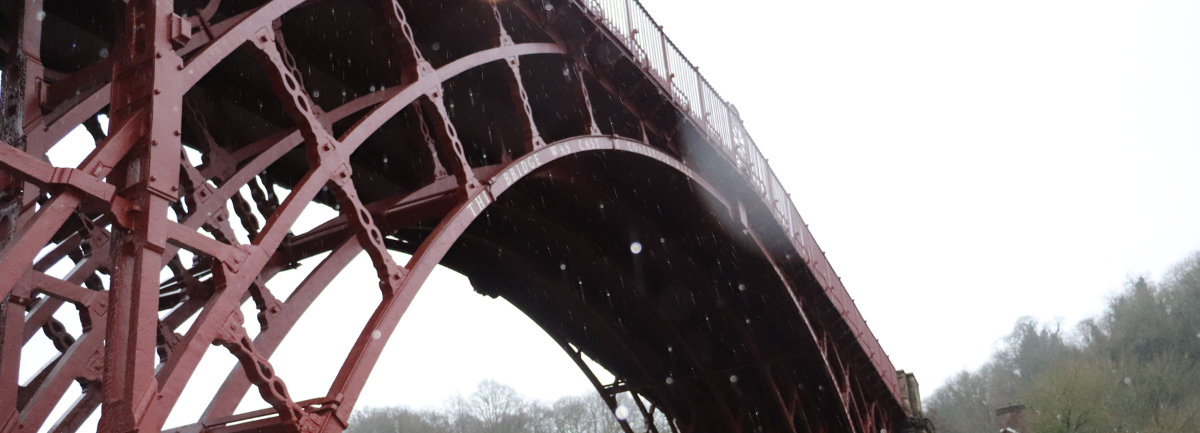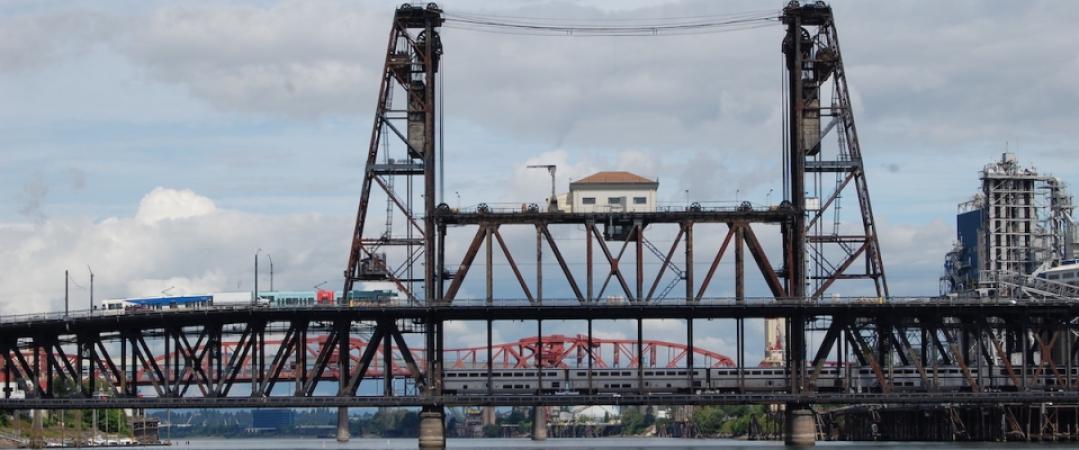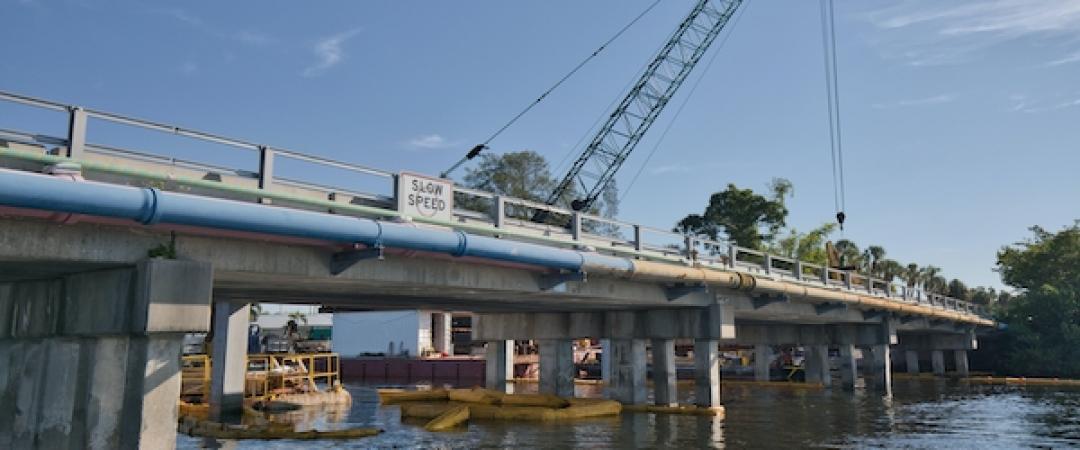A report by Portland State University (PSU) researchers offers an improved framework for assessing the seismic risk of transportation structures. Earthquake preparedness is a high priority for the Pacific Northwest, and cities and state agencies will benefit from having a more accurate and consistent way to prepare.






